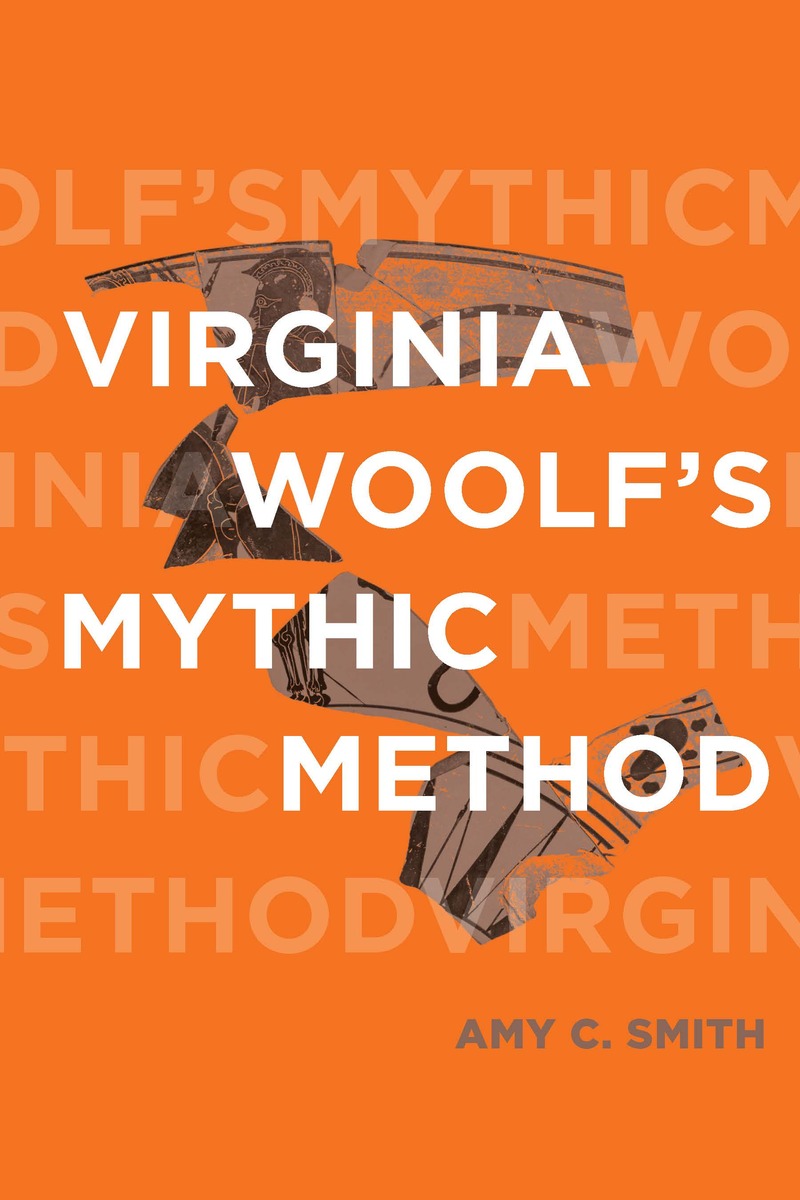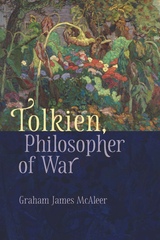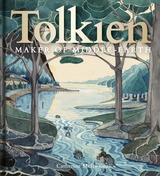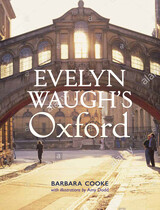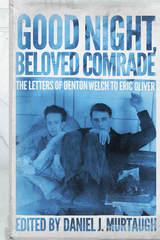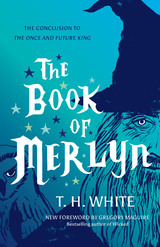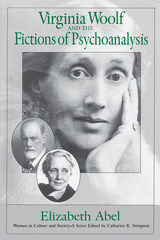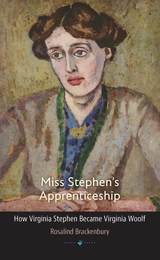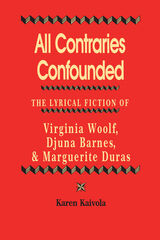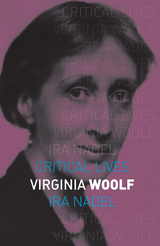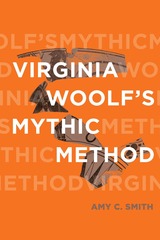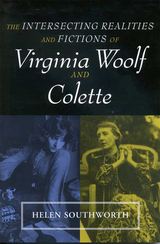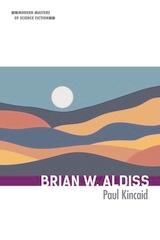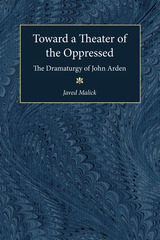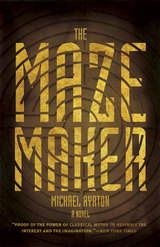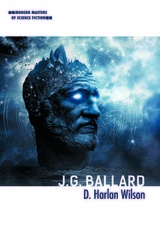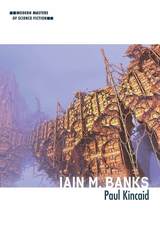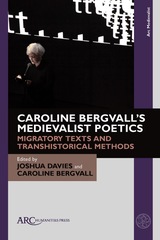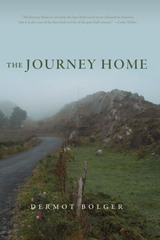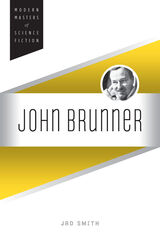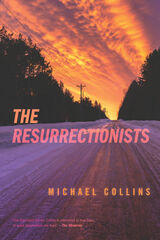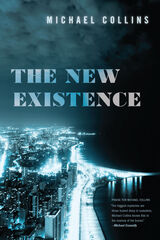Virginia Woolf’s Mythic Method
The Ohio State University Press, 2022
Cloth: 978-0-8142-1513-5 | Paper: 978-0-8142-5820-0 | eISBN: 978-0-8142-8190-1 (individual) | eISBN: 978-0-8142-8191-8 (institutional)
Library of Congress Classification PR6045.O72Z876525 2022
Dewey Decimal Classification 823.912
Cloth: 978-0-8142-1513-5 | Paper: 978-0-8142-5820-0 | eISBN: 978-0-8142-8190-1 (individual) | eISBN: 978-0-8142-8191-8 (institutional)
Library of Congress Classification PR6045.O72Z876525 2022
Dewey Decimal Classification 823.912
ABOUT THIS BOOK | AUTHOR BIOGRAPHY | REVIEWS | TOC
ABOUT THIS BOOK
In Virginia Woolf’s Mythic Method, Amy C. Smith reinvigorates scholarly analysis of myth in Virginia Woolf’s fiction by examining how Woolf engaged social and political issues in her work. Through close readings of Mrs. Dalloway, To the Lighthouse, and Between the Acts, Smith argues that Woolf develops a paratactic method of alluding to Greek myth that is shaped by the style of archaic oral literature and her intersectional feminist insights. By revising such famously paradoxical figures as the Great Goddess, the Eleusinian deities, Dionysus, Odysseus, and the Sirens, Woolf illustrates the links between epistemological and metaphysical assumptions and war, empire, patriarchy, capitalism, and fascism. At the same time, her use of parataxis to invoke ancient myth unsettles authorial control and empowers readers to participate in making meaning out of her juxtaposed fragments. In contrast to T. S. Eliot’s more prominent mythic method, which seeks to control the anarchy of modern life, Woolf’s paratactic method envisions more livable forms of sociality by destabilizing meaning in her novels, an agenda that aligns better with our contemporary understandings of modernism.
See other books on: 1882-1941 | English fiction | Modernism (Literature) | Myth in literature | Woolf, Virginia
See other titles from The Ohio State University Press
